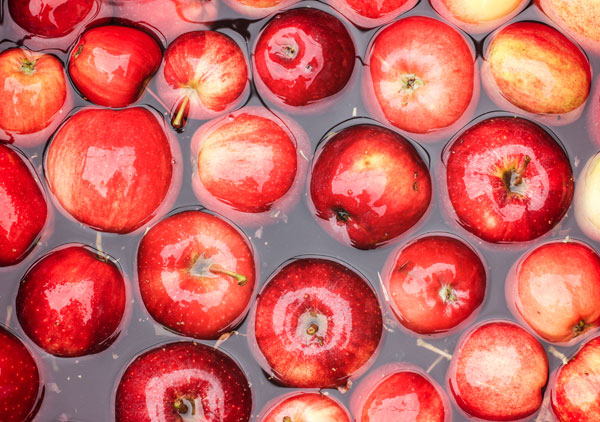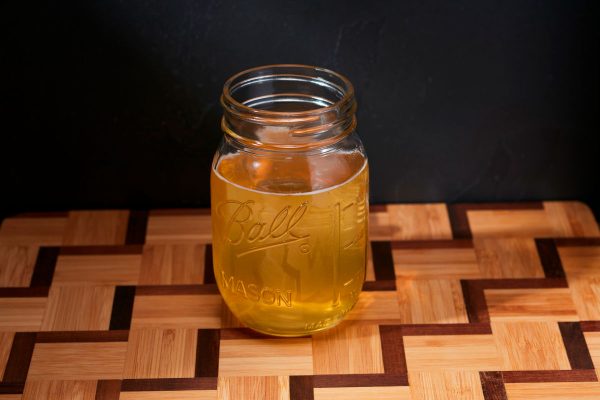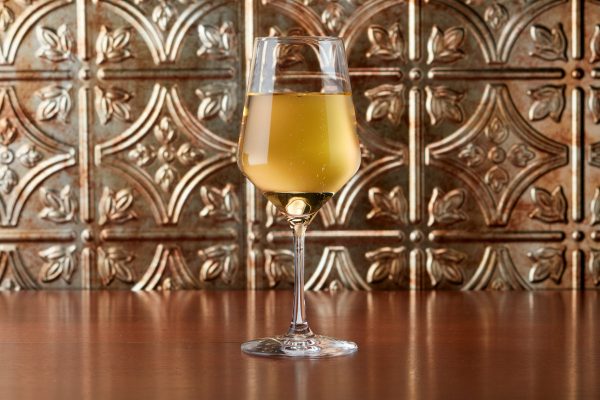
Put your knowledge of cidermaking practices to the test in this Tuesday Beer Trivia.
Cider has many stages before it makes it to your glass. Learn about what turns those juicy apples into liquid gold in this week’s quiz.
After you take the Beer Trivia quiz below, scroll down to “Beer Trivia Answer Explanations” section to learn more about cider.
[polldaddy type=”iframe” survey=”33FD285F8B471FDB” height=”auto” domain=”2491351″ id=”beer-trivia-example-21″]
Beer Trivia Answer Explanations
Click To Expand
The following explanations were taken from The New Cider Maker’s Handbook: A comprehensive guide for Craft Producers by Claude Jolicoeur.
Question 1: False. We harvest the apples when they are mature, meaning they have fallen and are still hard. To obtain the best cider quality, the apples should be left in a cool and dry area for a few weeks until they soften, or become ripe.
Question 2: Always wash your fruit first! Milling consists of breaking the rigid structure of flesh so that the apple may yield juice easily. Maceration is optional and involves leaving the pomace to rest before pressing. Pressing is the process of using a device to exert pressure so that juice is expelled. Second pressing is just an additional step to ensure that all the juice is expelled.
Question 3: Pomace is the result after milling or grinding the fruit. It should be fine enough so the juice escapes easily from it but not fine enough to make a slush that would make blockages occur during the pressing process.
Question 4: Doux, demi-sec, and brut are all types of cider that are defined by the amount of residual sugar in the drink. Brut can range from very dry to medium-sweet. Demi sec can range from medium-sweet to sweet. Doux is usually sweeter and has an ABV of less than 3%.
Question 5: Pectinase, which is a mixture of enzymes, is not used with keeving. Keeving uses one enzyme, pectin methylesterase (PME), which when combined with calcium produces the cheapeau brun (brown cap). The juice under this cap is very clear and purged from all the pectin impurities.




Share Post